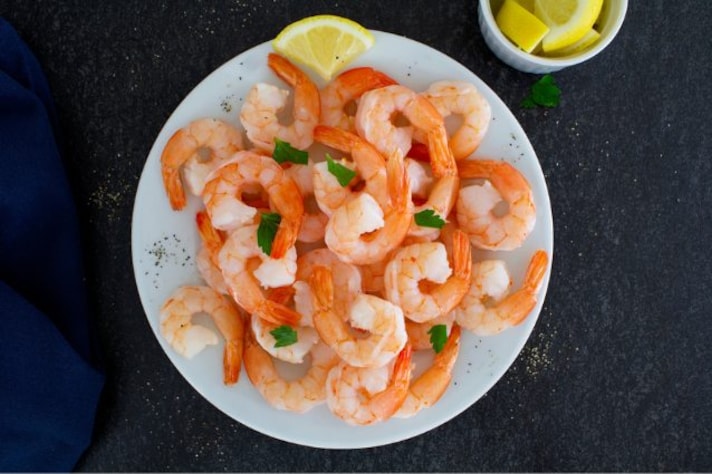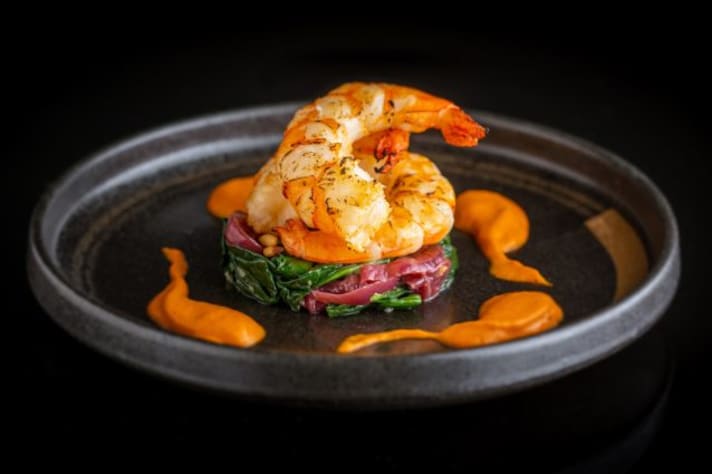
When it comes to preparing shrimp, the meticulous process of cleaning, which includes removing the shell and the vein, might lead many to believe that the tails should be discarded as well. However, contrary to common practice, there are compelling reasons to leave the tails on when cooking shrimp. Let's delve into why keeping the tail intact can enhance your shrimp dishes in both flavor and presentation.
Why Should You Save The Tail?
The tail of a shrimp does more than provide a handle for eating; it plays a significant role in the overall cooking process. When left intact, the tail helps protect the end of the shrimp from overcooking, which is crucial for maintaining the shrimp's delicate texture. Additionally, the tail can add depth to the flavor of the dish, especially in preparations like broths or sauces where the entire shrimp, tail and all, can simmer and infuse the dish with a richer seafood essence.

Another practical reason to keep the tail on during cooking is that it helps retain the shrimp's shape, preventing it from curling up too tightly. This is not just about aesthetics; a nicely shaped shrimp is also easier to eat, especially in dishes where the shrimp is a key ingredient, like pastas or cocktails. The tail adds a visually appealing finish that can elevate the presentation of the dish.
Why Do Chefs Prefer Tails On?
Chefs often leave the tails on shrimp even in high-end dishes for several reasons. First, the tail adds a touch of elegance to the presentation, offering a more enticing look. In culinary settings, the appearance of a dish is almost as important as its taste. Additionally, the tail can act as a natural utensil, making it easier for diners to pick up the shrimp, particularly in finger foods or appetizers.

Can You Eat the Shrimp Tail?
While the shrimp tail is not harmful if eaten, it is generally not consumed due to its tough and fibrous texture. How to remove the tail when eating depends largely on the setting and the dish. In a casual setting or when eating finger foods, it's perfectly acceptable to simply hold the tail and eat the shrimp in one or two bites. In more formal settings, or when the shrimp is part of a dish like pasta, use your fork and knife to gently separate the tail from the rest of the shrimp. This method allows you to enjoy the shrimp without interruption and maintains the etiquette expected in a fine dining experience.
;Resize,width=767;)
